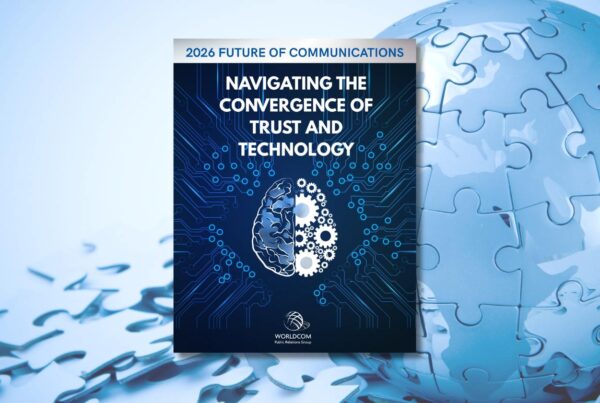By Mirian Fuentes
Public relations is now a data-driven discipline. Like most communication fields, PR has expanded from a writing-heavy focus to incorporate a good balance of numbers and light data analysis. Today’s PR insights, strategies, and programs must be supported by numbers, requiring PR professionals to present data effectively.
The widespread availability of data visualization and reporting tools, especially earned media management tools, makes it common for practitioners to create number-driven reports that show the results of their earned media efforts. Yet the numerical insights generated by these tools may not be enough to drive home the message. To truly stand out, it’s necessary to not only present relevant results but to also communicate them in a way that helps clients see beyond the numbers. Consider the following strategies for your next data-supported presentation:
Explain Where Your Data Comes From
Most PR practitioners have become familiar with at least one earned media management platform. While great tools, they vary in capabilities, making it important to set up your audience to understand their purpose.
At the beginning of any presentation or report, establish transparency by explaining the source and limitations of your tools. This includes clarifying what information your data is pulling (and isn’t), and from where.
For example, some tools may only pull data from some social media platforms, meaning significant conversations and mentions on emerging platforms could be missed. Additionally, not all tools measure impressions similarly, with some relying on views, while others use unique visitors. Establishing these points can prevent misunderstandings and ensure your audience has a full grasp of what they are reviewing.
Provide Context
Once you are ready to dive into the numbers, putting raw numbers on a page is never enough. People are desensitized to large numbers and ranges, so explaining that a month’s metrics exceeded or did not meet last month’s, is only a start. You must translate numbers within a given timeline and framework into insights that can then be acted upon.
To do so, provide context. Examples include making connections between company-wide efforts that could have affected results, industry-wide news that could have captured the media’s attention during a campaign period, or related economic and market conditions that may have impacted all earned or paid efforts. These factors help paint a clear picture of what the numbers mean.
Visualize the Data
Visualizing data is a critical component in effectively communicating complex information. To achieve this, PR professionals can use various visual aids to showcase their data. PR professionals don’t have to be experts in the different types of charts or graphs to achieve this – simple options like pie charts, bar charts, or data tables continue to be some of the most effective, universally understood options. It is a matter of identifying opportunities to incorporate them.
This is especially important for large or complex data sets. Visualizing the data can make it easier for audiences to see patterns, trends, and relationships that would otherwise be difficult to understand.
Highlight Key Takeaways
Finally, highlight key takeaways. This is especially important for reports and presentations that will be shared and referenced weeks and months into the future, as the recipient must understand the data’s most important insights and outcomes — at a glance.
To highlight key takeaways, PR professionals should create clear and concise summary pages at the end of essential portions of a presentation and incorporate visual aids such as bolding or color-coding. These tactics emphasize the importance of the data, making it more impactful for the audience, and helping ensure that their message is effectively absorbed.
Presenting data effectively is critical, yet it needs to be a more emphasized skill in driving PR success. Employing these simple tactics can help PR professionals showcase the value of their work, build external confidence, and increase buy-in for future initiatives.






